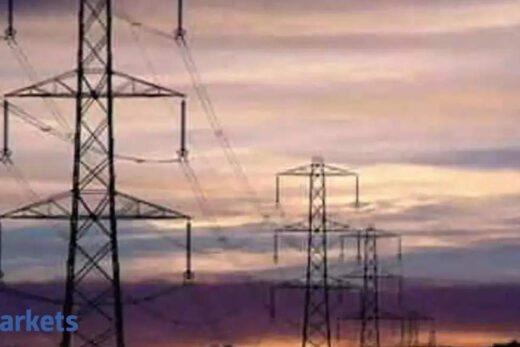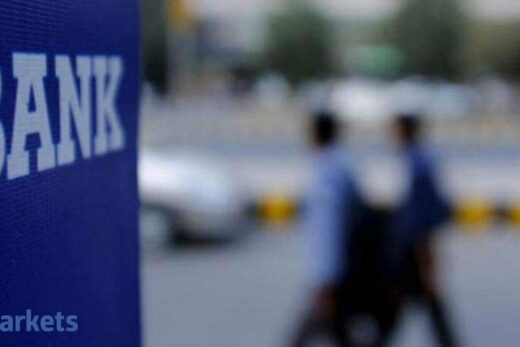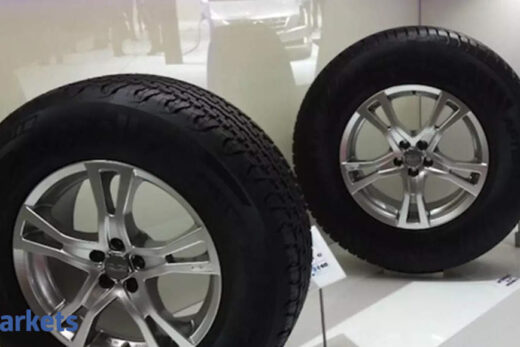Digital payments will become more widely accepted across India as a result of this. As e-RUPI forges its path into the Indian economy, citizens are beginning to wonder if it is our first step towards adopting digital currencies.
India has experienced exponential growth in the digital currency market, with fintech businesses such as
Coinswitch Kuber being valued at more than $500 million.
The National Payment Corporation of India (NPCI) has created the one-time payment system with the assistance of the Ministry of Health and Family Welfare, Department of Financial Services, and the National Health Authority of India.
Prime Minister launches e-RUPI:
With the introduction of the e-RUPI digital payments network by PM Modi, India began the process toward adopting a stronger digital money transactional setup. If any organisation now wants to assist someone in health treatment, education, or any other endeavours, they would be able to do so by providing an e-RUPI voucher instead of cash, according to the concept.
This would assure that the money they had donated was put to good use for the purpose for which it had been donated. These vouchers are both personal and purpose-specific, which means that if they are issued by the government with the aim of, for example, vaccination, they may only be redeemed for that reason and nothing else.
As the Prime Minister pointed out, e-RUPI will guarantee that the money is used for offering benefits and assistance. He stated that technology used to be considered the realm of the wealthy, and there was little room for it in a developing country like India, but times have changed. Technology has become accessible to almost all Indians. He added that the government regards technology as a means to assist the poor, and for their advancement.
 ET Spotlight Special
ET Spotlight SpecialHow does it work?
According to
official statistics from the DBT Bharat portal, there are 314 DBT programmes spread over 54 ministries. Over Rs 5.52 lakh billion was moved over 603 crore transactions in the financial year 2021. The amount transferred so far in FY22 has totalled Rs 1.28 crore over 155 crore transactions.
e-RUPI coupons are electronic vouchers that will be provided to recipients in the style of a QR code and text message voucher, via which cash will be paid directly to their bank account. Any government agency or company can produce e-RUPI vouchers through their partner banks, which they can then distribute.
To complete the transaction, the beneficiary will need to present a QR code or SMS message to the retailer, who will scan it and send a verification code to the beneficiary’s mobile phone number. The latter will be required to share the code with the merchant in order for the transaction to be successful.
The significance of e-RUPI:
The introduction of e-RUPI has the potential to effectively highlight the flaws in the digital payments infrastructure, which is critical to the development of future digital currencies. The government is currently working on the establishment of a CBDC (Central Bank Digital Currency).
Despite the fact that e-RUPI is still supported by the Indian rupee, its aim distinguishes it from a virtual digital currency and places it closer to a payment service system that is based on vouchers than a virtual digital currency.
It must be noted that this is not a cryptocurrency, but a more digitized form of payment. It means consumers can complete entire transactions on their cellphones, without having to transfer “money” in the traditional sense.
Is it the first step towards the adoption of digital currency?
While this isn’t an endorsement of the government towards cryptocurrency, it is definitely a move in the right direction towards digitalization. It shows that the government is open to adopting electronic payments in the form of vouchers, sparking positivity among crypto enthusiasts.
As evidenced by India’s high cash-to-GDP ratio of 14.7 percent – the highest in two decades, as per information from the RBI, this new framework is expected to further motivate and speed up the acceptance of technology-based payments, lowering the country’s cash dependence even further.
The most distinguishing characteristics of e-RUPI are it is a QR code or SMS string-based e-voucher, which is provided to the mobile phone of the beneficiaries, in addition to being a one-time, cashless, contactless, digital payments system that connects and allows service sponsors and benefactors digitally and guarantees delivery and availability of various welfare services.
 ET Spotlight Special
ET Spotlight SpecialCrypto enthusiasts upbeat over e-RUPI
The introduction of e-RUPI will provide a new level to the governance of information technology. It has been met with enthusiasm by cryptocurrency aficionados, who think that crypto assets and measures to promote the digital ecosystem can coexist together.
Experts also believe that the voucher would help India maintain its position as the world’s leader in digital payments. Moreover, it ensures data security and privacy in the same way that cryptocurrencies do, because no private personal information is necessary during the redeeming of vouchers.
Overall, this is encouraging news for the digitization of India’s financial infrastructure. Cryptocurrency giants such as
CoinSwitch Kuber believe that this could pave the way for further acceptance of digital currencies in the future.
The primary goal and long-term ambition of e-RUPI are to reach and connect 190 million unbanked individuals and bring them into the official financial system, therefore closing a portion of the digital divide in India. Our country’s digital payment system has the potential to give equitable access to economic, healthcare, and social services to each and every member of our nation.
Disclaimer: The above content is non-editorial, and TIL hereby disclaims any and all warranties, express or implied, relating to the same. TIL does not guarantee, vouch for or necessarily endorse any of the above content, nor is responsible for them in any manner whatsoever. The article does not constitute investment advice. Please take all steps necessary to ascertain that any information and content provided is correct, updated and verified.



